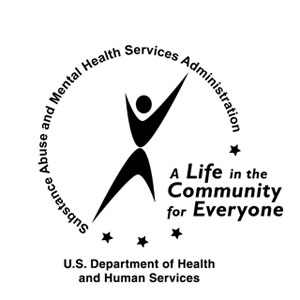The Suicide Prevention Resource Center, a division of the Substance Abuse and Mental Health Services Administration (SAMHSA) recently released a new toolkit to help high schools prevent teen suicide and encourage positive behavioral health practices for students.
 Preventing Suicide: A Toolkit for High Schools offers strategies to help educators and administrators create and implement programs and policies that discourage students from attempting suicide, as well as employ protocols that help teens that may display warning signs of potential suicide ideation. The kit includes statistical information about teenage suicide trends, as well as supplemental educational resources for parents.
Preventing Suicide: A Toolkit for High Schools offers strategies to help educators and administrators create and implement programs and policies that discourage students from attempting suicide, as well as employ protocols that help teens that may display warning signs of potential suicide ideation. The kit includes statistical information about teenage suicide trends, as well as supplemental educational resources for parents.
The online toolkit – available as a free download at the SAMHSA website – lists several risk factors for adults to identify and contains various screening tools, including fact sheets, forms, guidelines and worksheets. The release is designed to not only help school districts assess their abilities to deter student suicides, but also aid educators and members of the community in helping fellow students cope with the loss of classmates that have committed suicide.
The Suicide Prevention Resource Center encourages school administrators to identify suicide prevention policies and programs that are most effective for their individual school, particularly regarding the needs and respective cultures of the school’s student body.
The toolkit suggests that schools integrate suicide prevention education into preexisting school programs, such as programs that are designed to prevent students from abusing alcohol and illegal drugs.
The toolkit lists two “essential components” that the organization believes should be implemented by every high school; protocols that help students displaying risk factors for suicide and protocols that respond to student suicides, in order to prevent the possibility of additional self-inflicted injuries or deaths.
The organization also promotes staff and faculty suicide prevention education and training, as well as the development of additional strategies and programs that engage students and parents in suicide prevention.
While the toolkit states that high school prevention efforts are largely led by counselors, social workers and mental health professionals, the organization stresses the importance of active involvement, support and participation by school faculty and community members in establishing effective suicide prevention programs.
A CDC report released last month found that 7.8 percent of the nation’s high school population attempted suicide in 2011, with almost 16 percent of America’s high schoolers reporting that they had “seriously considered” taking their own lives last year.
Photo from Everbodysgood.com





























